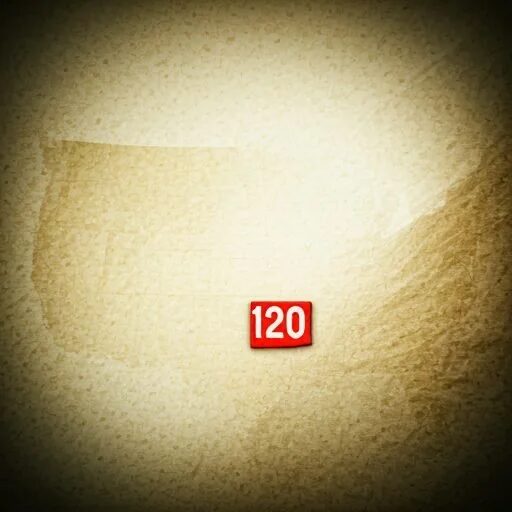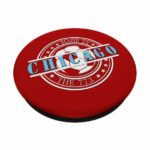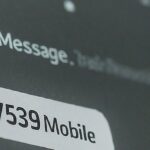Let’s get straight to the point: No, the 120 area code is not a valid or assigned area code within the United States or any other country participating in the North American Numbering Plan (NANP), which includes Canada and parts of the Caribbean.
The Rules of Area Codes
The reason for this is built directly into the rules that govern how phone numbers are structured in North America. According to the NANP, a valid, standard area code cannot begin with the number 1 or 0.
- Numbers starting with 1: The number 1 is used as a country code for the NANP region itself. When you dial “1” before a 10-digit number, you are signaling to the network that you are making a domestic or long-distance call within this region.
- Numbers starting with 0: The number 0 is traditionally used to signal operator assistance.
Because the 120 area code starts with a “1,” it is immediately identifiable as an invalid code for any geographic region in the United States. No city or state uses it.

Why Would You See a 120 Area Code on Your Phone?
If the 120 area code isn’t real, how can it possibly show up on your caller ID? The appearance of this number is a definitive red flag, almost always pointing to a deceptive practice known as caller ID spoofing.
Caller ID Spoofing Explained
Spoofing is a technique that allows scammers to deliberately change the phone number and name that appear on your caller ID. They can make it look like they are calling from any number they choose—a local number, a government agency, or in this case, a fake and invalid number like the 120 area code.
Scammers use invalid codes for specific reasons:
- To Bypass Scrutiny: They hope that the unusual number will make you curious enough to answer when you might otherwise ignore a call.
- To Evade Call-Blocking: Using a non-existent area code can sometimes fool call-blocking apps that are programmed to target known, active spam numbers.
- To Conceal Their Origin: A fake number is impossible to trace back, giving scammers a layer of anonymity.
Any communication, whether a call or a text, that appears to be from the 120 area code is guaranteed to be from an illegitimate source and is likely part of a phishing or other fraudulent scheme.
How to Handle a Call from an Invalid Area Code
Your response to a call from the 120 area code should be simple and immediate to ensure your personal information remains secure.
- Do Not Answer
The best defense is to not engage at all. If you don’t recognize the number, let the call go to voicemail. A legitimate caller will leave a message; a robocaller or scammer will almost always hang up.
- Do Not Call Back
Never call back an unknown or suspicious number. Doing so confirms that your number is active and can lead to you being targeted by even more spam and scam calls in the future.
- Immediately Block the Number
Use your phone’s built-in feature to block the number. While scammers will likely switch to another spoofed number, blocking the one they just used prevents them from bothering you with it again.
- Report the Incident
You can help combat these illegal practices by reporting the call. File a complaint with the Federal Communications Commission (FCC) or the Federal Trade Commission (FTC). These agencies track scam reports to identify patterns and take action against fraudulent operations.
In conclusion, the mystery of the 120 area code is that there is no mystery—it doesn’t exist for any geographic location in the United States. Treat this number as a clear warning sign of a potential scam, and by following the simple safety steps above, you can protect yourself from those who try to use it.


